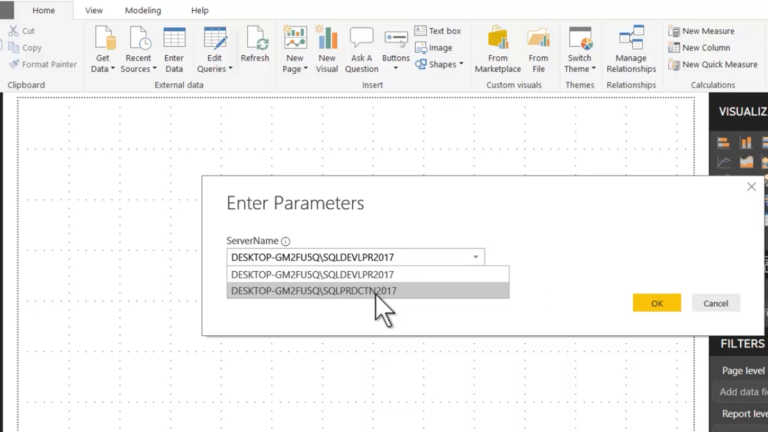OLE DB
Data is the lifeblood of any organization and the ability to access and analyze it in real-time is critical for making informed decisions. Power BI is a powerful business intelligence tool that allows you to connect to a wide range of data sources and create interactive visualizations, reports, and dashboards. One of the key features of Power BI is Power Query, which allows you to transform and clean your data before importing it into your report. In this article, we will explore the Power Query M Language code for connecting to the OLE DB data source from inside Power BI.
What is OLE DB?
OLE DB (Object Linking and Embedding, Database) is a Microsoft technology that provides a uniform way to access data stored in diverse sources. OLE DB providers are used to establish a connection to the data source, retrieve data, and perform other data-related operations. OLE DB supports a wide range of data sources including relational databases, spreadsheets, text files, and more.
Accessing OLE DB Data Source from Power BI
To connect to an OLE DB data source from Power BI, you need to follow the steps below:
1. Click on the “Get Data” button on the Home tab of the Power BI ribbon.
2. In the “Get Data” window, select “Database” and then select “SQL Server database” from the list of options.
3. In the “SQL Server database” window, enter the server name, database name, and your credentials, and then click on the “Connect” button.
4. Once you’re connected to the database, you’ll see a “Navigator” window that shows the list of tables and views available in the database.
5. Select the table or view that you want to import into your report and then click on the “Load” button to add it to your report.
Using Power Query M Language Code to Connect to OLE DB Data Source
If you want to customize the import process or perform advanced data transformations, you can use Power Query M Language code to connect to the OLE DB data source and retrieve data. Here’s an example of M Language code for connecting to an OLE DB data source:
let
Source = Odbc.DataSource(“Provider=MSOLEDBSQL;Server=myServerAddress;Database=myDataBase;Uid=myUsername;Pwd=myPassword;”),
dbo_MyTable = Source{[Schema=””,Item=”dbo.MyTable”]}[Data]
in
dbo_MyTable
In the above code, we’re using the Odbc.DataSource function to establish a connection to the OLE DB data source. The connection string is defined in the first parameter of the function. Here are the key components of the connection string:
– Provider: specifies the OLE DB provider to use. In our example, we’re using the MSOLEDBSQL provider for SQL Server databases.
– Server: specifies the name of the server that hosts the database.
– Database: specifies the name of the database that you want to connect to.
– Uid and Pwd: specify the username and password to use for authentication.
Once we’ve established a connection to the data source, we use the curly braces notation to navigate to the table or view that we want to import. In our example, we’re retrieving data from “dbo.MyTable”. Finally, we use the “in” keyword to return the data as a table.
Conclusion
Power Query M Language code provides a flexible and powerful way to connect to data sources and retrieve data in Power BI. By using M Language code, you can customize the import process, perform advanced data transformations, and achieve better performance. In this article, we’ve explored the code for connecting to an OLE DB data source from inside Power BI. With this knowledge, you can now incorporate OLE DB data sources into your Power BI reports and create more insightful and impactful visualizations.







